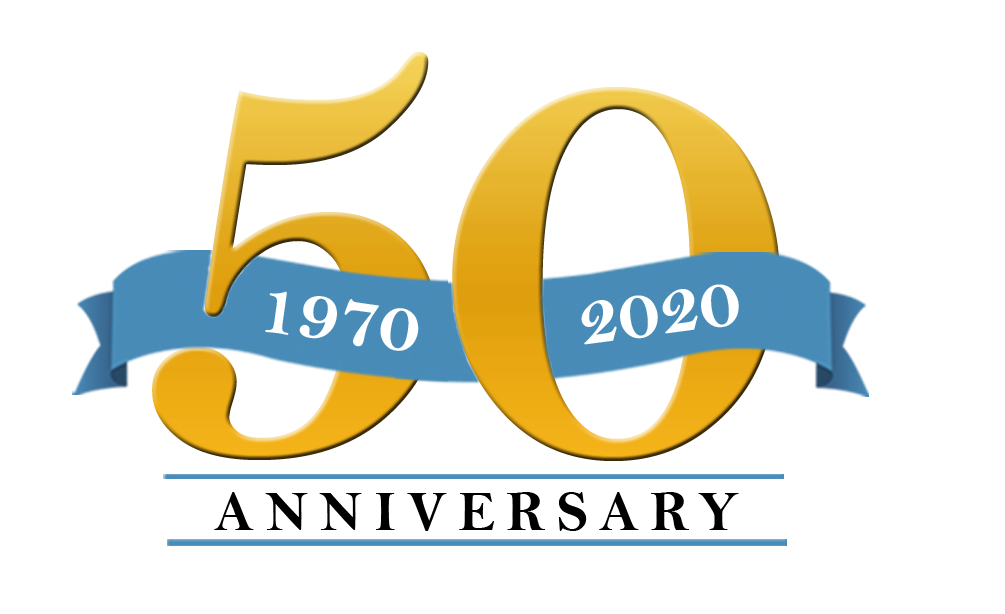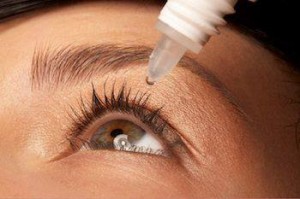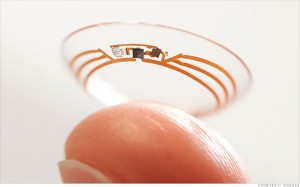7/10/14
Many people have heard of Laser Vision Correction, where special lasers are used to change the shape of the cornea to help a person see without the need for glasses or contact lenses. Lasers can also be used to treat glaucoma. There are different types of glaucoma, and they all can cause irreversible blindness; early diagnosis and treatments aimed at lowering eye pressure can help prevent blindness from glaucoma. Laser treatments for glaucoma do not improve vision, but they can help prevent vision loss.
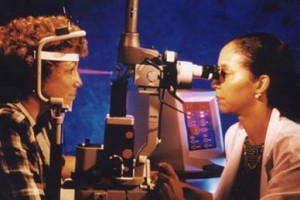
There are 3 main ways that lasers are used to treat glaucoma.
Laser Peripheral Iridotomy
Laser peripheral iridotomy involves making a hole in the iris, or colored part of the eye, to prevent angle closure glaucoma. Angle closure glaucoma happens when the drain of the eye is blocked by the iris. This type of glaucoma can come on very quickly, called “acute angle closure glaucoma”, or more slowly, called “chronic angle closure glaucoma”. When it comes on quickly, people will often have symptoms like eye pain and redness, blurry vision, and even nausea; the chronic form can have few or no symptoms. This laser can help prevent vision loss from angle closure glaucoma.
Laser Trabeculoplasty
Laser trabeculoplasty is used to treat open angle glaucoma. In open angle glaucoma, the drain of the eye is open, but not working well enough to keep the eye pressure controlled. During this procedure, the laser is focused on the drainage tissue itself (called the trabecular meshwork); it helps the drain to function better to lower the eye pressure. This laser procedure may be repeated after the effect wears off. This is not a cure for glaucoma; the disease still needs to be monitored regularly.
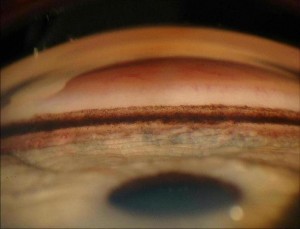
Cyclophotocoagulation
Laser peripheral iridotomy and laser trabeculoplasty are both office-based procedures; cyclophotocoagulation, where lasers are used to treat the ciliary body (the part of the eye that makes the fluid), are frequently done in the operating room. Cyclophotocoagulation involves “coagulating” the ciliary body with a laser. After the procedure, the ciliary body makes less fluid, thereby lowering the eye pressure.
Laser treatments, along with eye medications and surgeries, are important components of the care of glaucoma patients. Early diagnosis and treatment can help prevent blindness from glaucoma. A comprehensive dilated eye exam by your eye care provider is the first step.
To learn more about glaucoma, visit www.nei.nih.gov/glaucoma.
 Jullia A. Rosdahl, MD, PhD
Jullia A. Rosdahl, MD, PhD
National Eye Health Education Program Glaucoma Subcommittee
Duke Eye Center, Duke University
